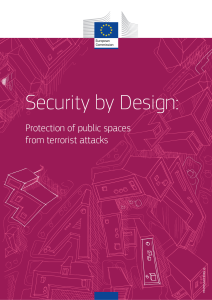External Resources
Here we are collecting some external resources on the project SHIELD’s topics to share with our target groups and stakeholders.
Papers:
A guide to key information on the protection of Public Spaces
The purpose of the current document is to provide a list of the available information sources focusing on the protection of public spaces against terrorist and other types of malicious extremist attacks. Public spaces represent vulnerable assets under public or private ownership, that allow open, easy access and may attract a great number of people. Their vulnerability lies to the fact that they usually lack specialised protective measures and consequently, can be attacked by aggressors using both simple and more elaborated tactics. Such targets are often selected by terrorists in their effort to maximize casualties, attain media coverage and inflict fear to the population.The information sources presented herein aim at raising awareness and bringing to the interested security stakeholder existing documents with specialized information and practical guidance on available measures that facilitate the prevention of a potential attack and mitigation of the consequences, should such an attack materialize.
Security by Design: Protection of public spaces from terrorist attack
Terrorist attacks most commonly target crowded public places, and sites of symbolic and iconic value, including places of worship and tourist locations. The protection of public spaces has therefore become a key counterterrorism priority in the EU. A thoroughly designed and carefully executed risk assessment can help in prioritising the public spaces to be protected, revealing the most exposed sites and addressing, through appropriate measures, identified vulnerabilities. When applying the security-by-design concept, security aspects become an integral part of project planning, requiring project management techniques, tools and methods. In this context, the book provides guidance on relevant project management processes in order to support the efficient and targeted use of resources. It focuses in particular on the importance of spending sufficient time on the initial threat identification process and risk assessment. The root causes of project failure have been demonstrated to be unrealistic or overambitious project planning, unclear or changing objectives, or deficiencies in decision-making due to initially ill-defined risk criteria. Spending time on these aspects is therefore crucial for the project’s success.
The United Nations Plan of Action to Safeguard Religious Sites
When people are attacked because of their religion or beliefs, all of society is diminished. It is crucial to prevent attacks against religious sites and contribute to guaranteeing the safety of the faithful to worship in peace. This United Nations Plan of Action to Safeguard Religious Sites provides concrete recommendations to support Member States in their efforts to ensure that religious sites are safe, that worshipers can observe their rituals in peace, and that the values of compassion and tolerance are fostered globally. The Plan was informed by significant outreach with a wide variety of actors — including governments, religious leaders, faith-based organizations, civil society, young women and men, local communities, traditional and social media, and the private sector.
Sisters projects:
PACTESUR
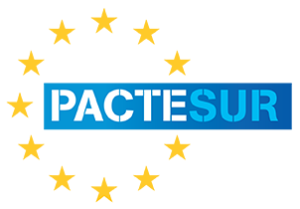
PROTECT project, aimed to improve the protection of public spaces, has developed rather interesting tools for vulnerability self-assessment and technology assessment.
website: pactesur.eu
SOAR
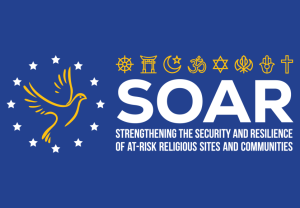
The ‘Strengthening the security and resilience of at-risk religious sites and communities’ programme contributes to the protection of places for worship.
website: soarproject.eu
PROTECTOR
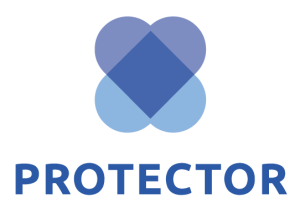
Supported by the G20 Inter Faith Forum and the United Nations Interregional Crime and Justice Research Institute (UNICRI), the project will design, develop and deliver the next generation of integrated measures to enhance the protection of places of worship.
website: protector-project.eu
PROSECUW
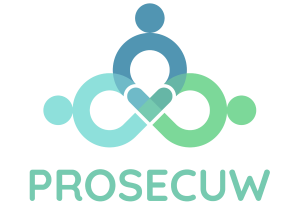
This innovative project, funded by the Internal Security Fund Police (ISFP) of the European Commission, aims to enhance protection at places of worship in European countries, by setting up cooperation between public authorities, religious leaders, civil society actors, and the local communities, by developing their capacity to counteract radicalization and hate-speech.
website: prosecuwproject.eu
SASCE
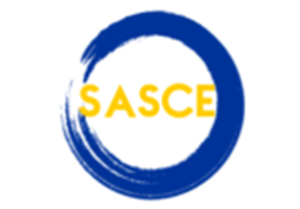
SASCE is a multi-layered project to dramatically increase security in and around places of worship, as well as within and between Christian, Buddhist, Muslim and Jewish communities. Building and expanding on the good practices.
website: sasce.eu
PROSPERES

ProSPeReS project is aimed at increasing the level of protection in places of worship with keeping the balance between security measures and preservation of the open nature of religious sites.
website: prosperes.eu
PARTES
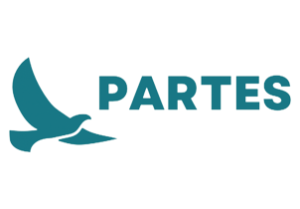
PARTES proposes a comprehensive prevention model for the protection of places of worship that is evidence based, inclusive and participatory.
website: partes-project.eu
SHRINEs
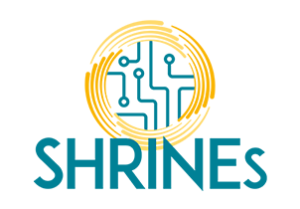
The SHRINEs project has established a European network for safety and security management in places of worship to facilitate the exchange of knowledge, tools, and good practices among different stakeholders involved in managing places of worship.
website: shrines-project.eu
Partners projects:
UNCOVER

In the past years, criminals and terrorists have been using methods for concealing incriminating information in digital media files such as images, video, audio, and text files. The main objective of UNCOVER is to develop innovative technologies for detecting hidden information (steganalysis) and to increase the technological autonomy of Law Enforcement Agencies (LEAs) in the field of digital media steganalysis.
website: uncoverproject.eu
NOTIONES
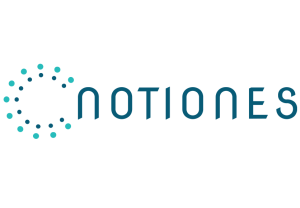
The vision of the NOTIONES network is to build and maintain a pan-European ecosystem of security and intelligence practitioners in order to (1) monitor technologic opportunities and advancements and best practices and (2) define and refine requirements and standardization needs.
website: notiones.eu



